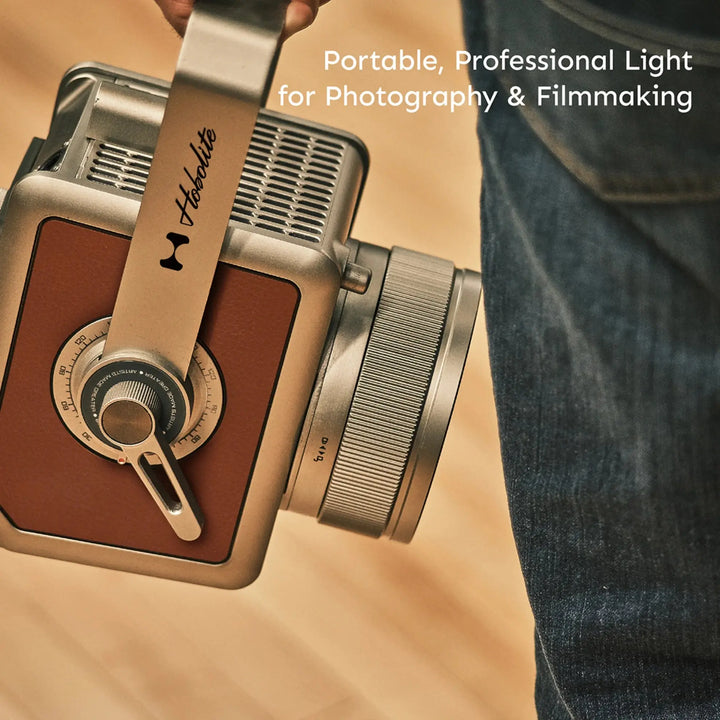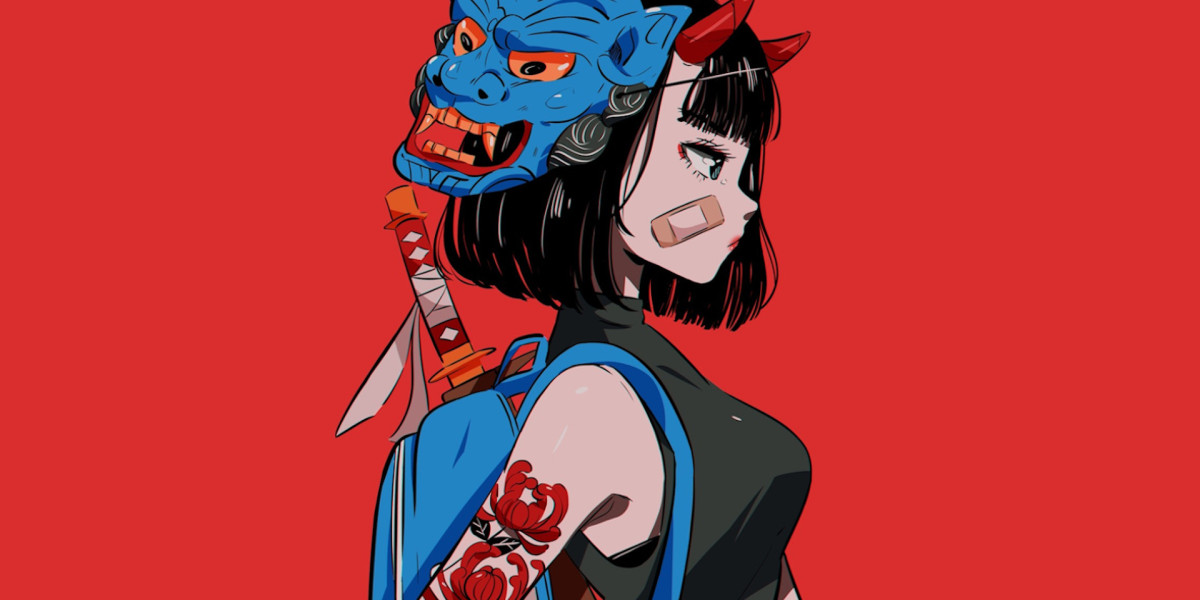Unlock the Secrets to Perfect Studio Lighting: Transform Your Shots Instantly!
Studio lighting is an essential component of photography and videography that can dramatically affect the quality of your images. Whether you’re capturing portraits, product shots, or creative projects, the right lighting can make all the difference. In a world where visual content reigns supreme, understanding studio lighting is more critical than ever. This article will delve into the different types of studio lighting, how to use them effectively, and practical tips for achieving optimal lighting setups that will elevate your photography skills.

Understanding Different Types of Studio Lighting
When it comes to studio lighting, several types are commonly used, each with distinct characteristics and applications. Softboxes are a popular choice due to their ability to diffuse light, creating a soft and even illumination that is perfect for portraits. They come in various sizes, allowing for versatility in different shooting environments. Umbrellas, on the other hand, are lightweight and portable, making them ideal for on-the-go setups. They reflect light to soften shadows and can be used in a variety of angles to achieve different effects.
LED lights have gained popularity due to their energy efficiency and adjustable color temperature. They can provide continuous light, which is invaluable for video work, and their compact size allows for easy placement in tight spaces. Another type is the ring light, which provides an even light source that wraps around the subject, eliminating shadows and creating a unique catchlight in the eyes. Lastly, traditional strobes offer powerful bursts of light that are perfect for freezing motion in dynamic shoots. Each of these lighting options has its unique benefits and is suited for different types of photography.
How to Use Studio Lighting Effectively
Positioning your lights correctly is crucial for achieving the desired effect in your photographs. For portrait photography, placing the main light at a 45-degree angle to the subject creates flattering shadows that enhance facial features. Using a fill light on the opposite side can help soften the shadows without eliminating them entirely, leading to more dimension in the image. For product photography, overhead lighting can help highlight texture and details, while additional side lighting can create depth and interest.
Light modifiers play a significant role in how your images turn out. Using a diffuser can soften harsh light, while reflectors can bounce light back onto the subject to fill in shadows. My friend, a professional photographer, once shared how she transformed her product shots by simply adding a white reflector to bounce light onto her subjects. The results were striking, demonstrating the power of small adjustments. Understanding these tools and their impact on your final image is essential for any photographer looking to elevate their work.
Tips for Achieving Optimal Lighting Setups
Setting up a lighting arrangement in a studio can be a straightforward process if you keep a few practical tips in mind. Start by considering the mood you want to create; this will guide your choice of lighting. Ensure that your lights are set at a comfortable height and angle to avoid unflattering shadows. Experimenting with different placements can yield surprising results, so don’t be afraid to move things around until it feels right.
Common mistakes to avoid include using too harsh of a light source, which can create unflattering shadows, and neglecting the background, which can lead to distractions in your images. Always take a moment to step back and view your setup from the camera's perspective; this can help you catch any issues before you start shooting. Remember, the key to great studio lighting lies in experimentation and a willingness to learn from each shoot.
Mastering the Art of Studio Lighting
In conclusion, mastering studio lighting is essential for anyone looking to enhance their photography skills. By understanding the various types of studio lighting available, utilizing them effectively, and avoiding common pitfalls, you can significantly improve the quality of your shots. Each lighting setup is an opportunity to explore creativity and experiment with different styles, so embrace the process and have fun with it. The right lighting can transform your images from ordinary to extraordinary, and with practice, you'll find yourself creating stunning visuals that captivate your audience.











